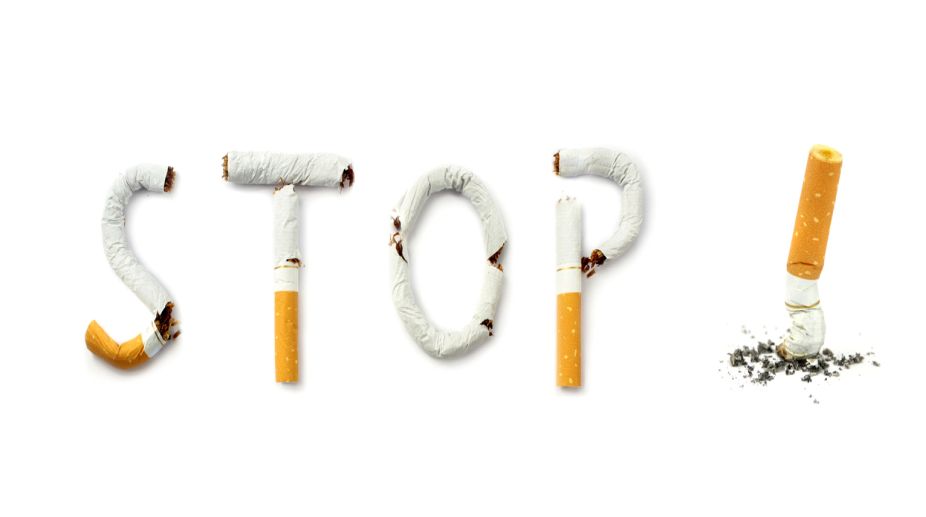PM Modi commends grassroots efforts in strengthening fight against Tuberculosis
Prime Minister Narendra Modi, on Wednesday, extended his heartfelt appreciation to everyone contributing to India’s ambitious mission of eradicating Tuberculosis.

Representational image (Photo: Getty Images)
Dr Rana J Singh, Deputy Regional Director, South East Asia, International Union against Tuberculosis and Lung Disease (a voluntary scientific organisation) has played a significant role in influencing tobacco control laws and policies in India.
A pulmonologist, Dr Rana has consistently supported the Centre and state governments in advancing their tobacco control agenda with technical assistance, capacity building, research grants and implementation strategies along with his team over the last decade.
Advertisement
Tobacco control efforts in India have been handicapped by the industry’s influence on the political set-up, but the latest survey showing a decline in tobacco users has buoyed activists. In an interview to ARCHANA PHULL in Shimla, Dr Rana spoke of his concerns on this important public health issue.
Advertisement
Excerpts:
Has the country shown desired results in tobacco control?
A: India has made progress after signing and ratifying the WHO Framework Convention on Tobacco Control (FCTC) in 2004. The enactment of Cigarettes and Other Tobacco Products Act, 2003, and implementation of National Tobacco Control Programme (NTCP), that began in 2006-07, has now expanded to more than 400 districts in 31 states. It is heartening to note that the prevalence of tobacco use has reduced by six per cent in the country from 34.6 to 28.6 per cent as per Global Adult Tobacco Survey-2 (2016-17) released earlier this year by the Union Health ministry as compared to GATS-1 in 2009-10. It is very significant data. The data of states is awaited. We hope it also shows an improvement.
The focus is on banning smoking at public places. What about the high incidence of second hand smoke?
A: Second hand smoke continues to be a major problem in the country. Exposure to second hand smoke at workplaces is of special concern as it has not shown improvement in GATS- 2. (Three in every ten adults who work indoors are exposed to second hand smoke). It will require additional efforts by policy makers. However, there is reduction in second hand smoke at home from 52 to 39 per cent. The exposure to second hand smoke at any public place too has declined from 29 to 23 per cent.
Can there be a legislation to ban smoking at home as Himachal health minister, Kaul Singh Thakur, announced?
A: Public health is an important issue. The state government can ensure some kind of legislative measures to solve the problems of nonsmokers and for that it can work out its own mechanisms.
Is smokeless tobacco a worry for India?
A: India is the top user of smokeless tobacco. The country needs to pay attention towards its control.
How much attention is being paid to tobacco cessation in the country?
A: Tobacco cessation is perhaps a neglected component of tobacco control. It needs to be strengthened to address the needs of 267 million tobacco users in India. The Government of India has launched a Cessation and National Quit Line to help tobacco users quit. The government is also planning to establish a Tobacco Cessation Centre in each district of the country, which is an important step.
Tobacco control agenda is often taken up in isolation to related problems?
A: While we are working for tobacco control, integration with other socio-development programmes, which are linked with it, are a must for better results. This holds true for Revised National Tuberculosis Control Programme (RNTCP), Non-Communicable Diseases and even poverty alleviation programmes.
Thirty eight per cent of TB deaths are associated with tobacco use.
A: The national framework on TB-Tobacco was launched by the Union Health minister earlier this year. The two programmes will be integrated to address this co-morbidity. The Union government in collaboration with the states has just started a training programme for trainers for joint TB-tobacco collaborative activity in different states. The integration will ensure that both the programmes work in synergy at policy implementation, monitoring and evaluation levels for better success. The introduction of tobacco cessation sessions for TB patients will improve the outcome.
Which Indian state has done good work in tobacco control so far?
A: We can’t name one state. Different states have done well in different spheres of tobacco control. Some have done good work in terms of policy, legislation, others in terms of enforcement. Only because of that the country has made progress in tobacco control.
Is there any alternative development plan for tobacco growers as we progress with tobacco control?
A: The Government of India is holding consultations on the issue of alternative cropping for employment to those involved in tobacco cultivation. Five districts in India have been shortlisted for alternative development so far.
What’s next on the agenda?
A: Much remains to be done on the issue of taxation on tobacco products. The taxes need to be raised to WHO-World Bank recommendation level with focus on bidis. The implementation and enforcement of COTPA, 2003, should be strengthened. Above all, the government must put a stop to the tobacco industry’s interference.
Advertisement
Prime Minister Narendra Modi, on Wednesday, extended his heartfelt appreciation to everyone contributing to India’s ambitious mission of eradicating Tuberculosis.
The number of tuberculosis cases reported in the limits of Kolkata Municipal Corporation (KMC) witnessed an improvement last year with the city registering a reduction of more than two thousand cases in 2024, informed senior officials of the health wing of the civic body today.
The Asansol division of Eastern Railway has embarked on a comprehensive 100 Days TB Elimination campaign, starting from 7 December, aimed at eradicating tuberculosis from the region.
Advertisement
